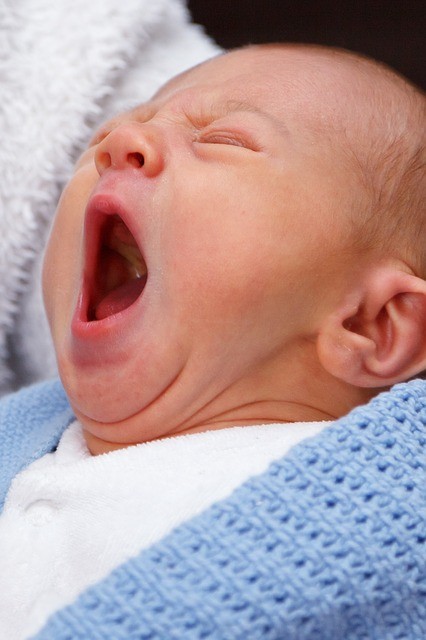
The birth of a baby is always a joyous affair, but sometimes everyone is so caught up with the moment they forget to pay attention to what's really happening with the newborn.
Parents who ever wonder what their babies do especially during the first 60 minutes of being out of the womb already have the answers.
A group of Swedish researchers became curious with the activities of a newborn that they observed 28 of them. Using a series of video tapes capturing their first hours, they came up with a timeline:
As soon as the babies pass through the birth canal and pulled out from the mothers, the babies let out a very strong cry as a way of expanding their lungs and making themselves more acclimated with the surroundings.
After 2 minutes, the babies may have already rested from crying and is in their first relaxed mode, nestled comfortably on the chest of their mothers-also another first for them. The babies remain perfectly still and silent.
However, after 30 minutes, their eyes will open and they will start moving the body parts of his face especially the mouth.
The babies then go through an active phase by the eighth minute, which is a period where they perform a wide variety of movements. They will begin to make some noises and seek out the face of their mothers even if they still cannot see them properly. They will also be touching their mouths with their hand, which can be an indication that they may be hungry.
After 10 minutes of being in the active phase, they go back to the rest phase.
By the half hour, however, when they have already rested, the babies may require the one thing they are looking forward to: food. Despite their inability to see properly at this stage, the babies know where to go as they seem to follow the smell of the mothers' breasts and colostrum, or the milk the mother produces.
Thus, before the hour is over, they have their first breastfeeding experience.



